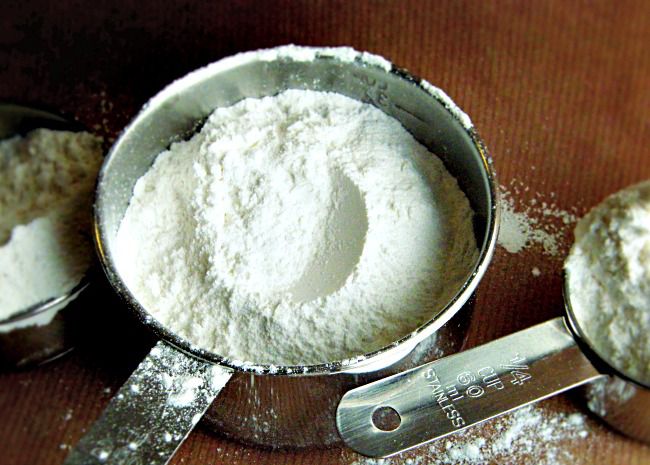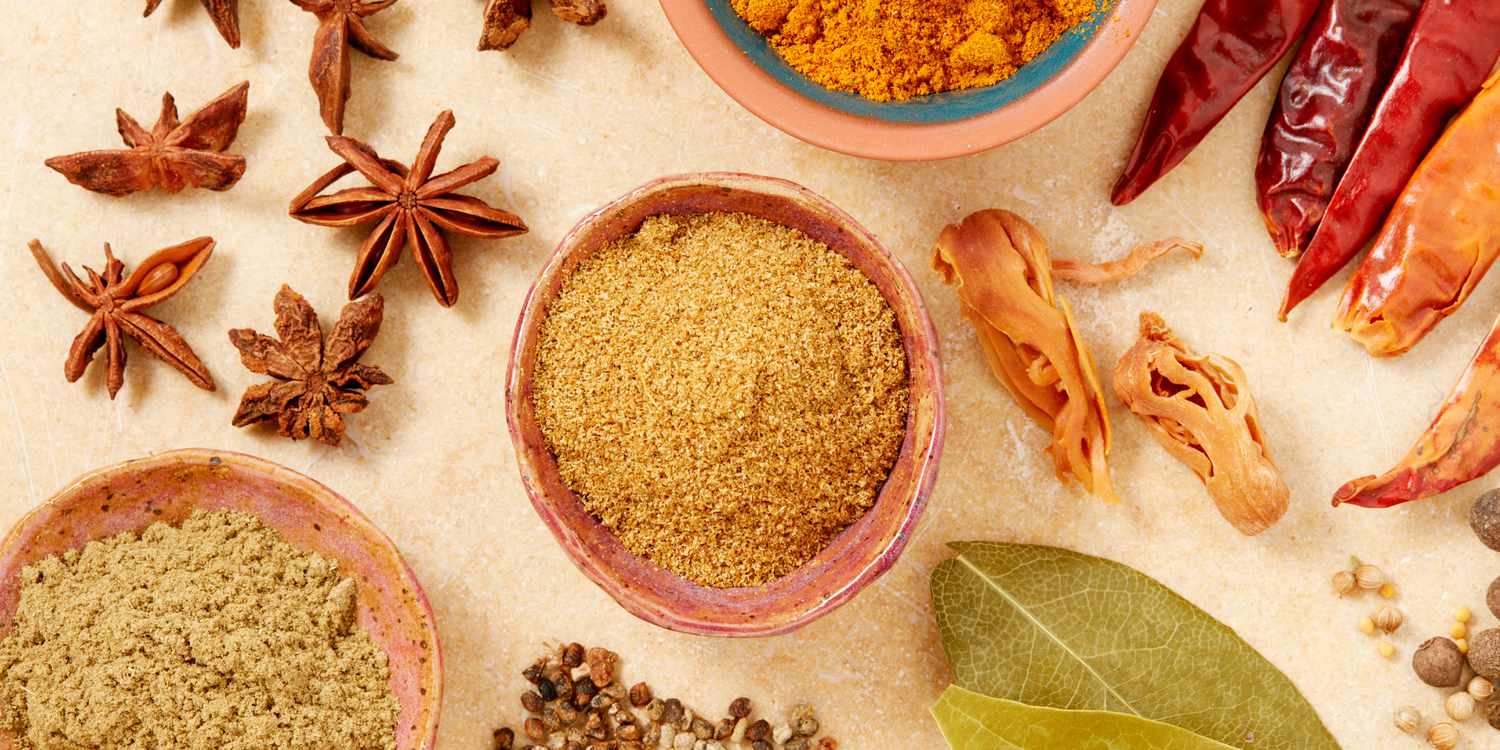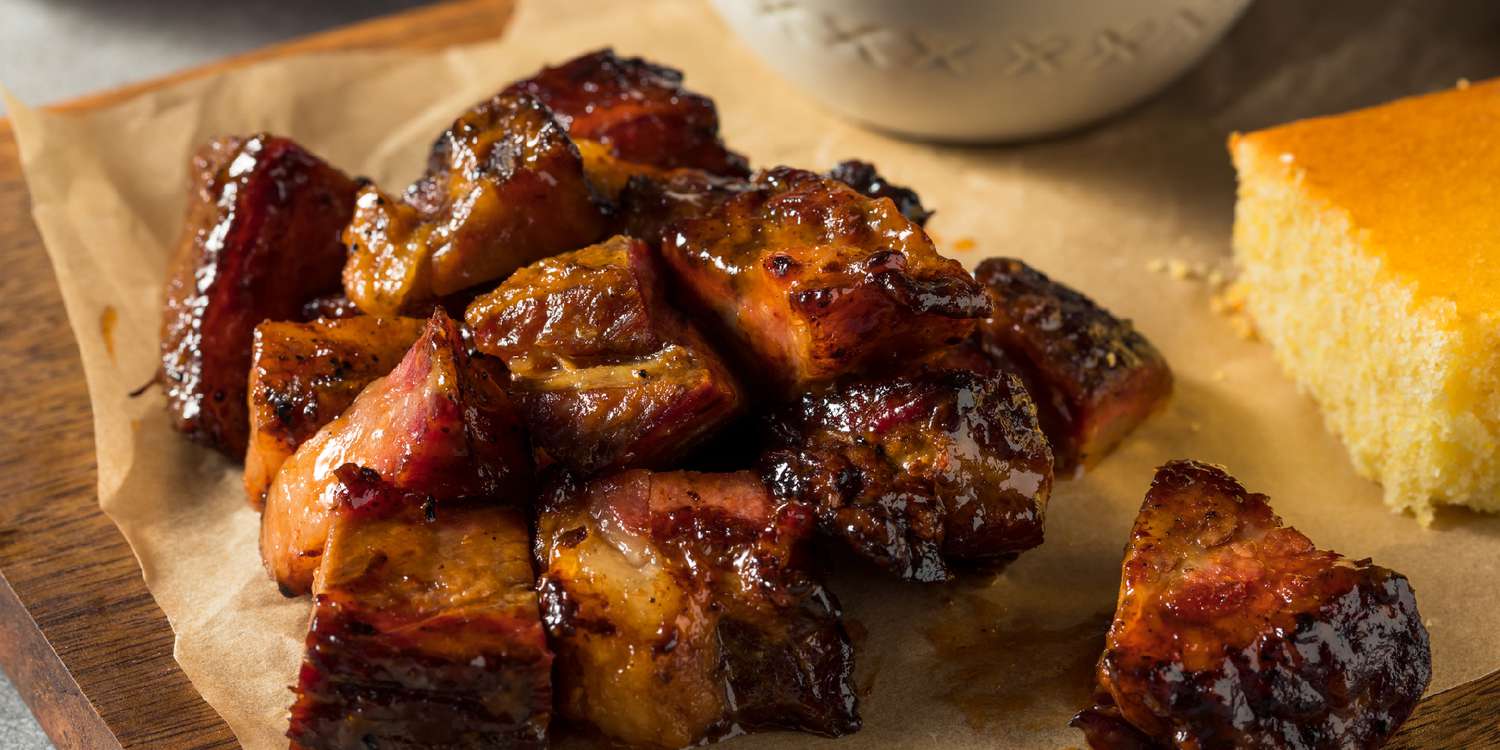Pasta is such a quick and easy dish to make, especially on a busy weeknight, and is always sure to be a trusty crowd pleaser. If you’ve ever read a pasta recipe or even just the instructions on a box of pasta noodles, you’ve definitely seen the phrase “cook until al dente.” But what exactly is al dente and how do you know when your pasta has reached this consistency?
What Is Al Dente?
The phrase al dente literally means “to the tooth” in Italian, which means the pasta should still have a little resistance when you bite into it. The texture of the pasta should be tender but firm and chewy — it’s a happy medium between hard, uncooked pasta and mushy, overcooked noodles.
Al dente pasta is what most Italian chefs, and home cooks, swear by when making pasta dishes, and it works for all shapes and sizes. It’s a fan favorite way to cook pasta because when cooked al dente, pasta will still hold its shape and texture even when coated in sauce.
Also, al dente isn’t just used for cooking pasta, it can also be used when cooking vegetables, rice, beans, or other grains. Al dente vegetables are firm with a crunch but cooked long enough that they lose their raw flavor. Al dente rice or beans are also on the firm side and not cooked to the point of being mushy.
How to Test if Pasta Is Al Dente
Because all pasta shapes have different cooking times, there isn’t necessarily an exact number that will give you al dente pasta each and every time. Instead, the rule you should follow is to cook your pasta for less time than the cooking instructions recommend. “Less time” can mean anywhere from one to three minutes depending on how you like your pasta. Some packaging will also list a suggested al dente cook time, which is usually correct for that specific brand and type of pasta.
Three minutes before the recommended (fully-cooked) time, you can start testing your pasta. The best way to test if your pasta is al dente is to bite into it. There’s some debate about whether or not you can tell if pasta is al dente just by looking at it. Some chefs say if there’s a tiny white dot in the center, that means it’s al dente. While others say if the dot is gone then that means it’s al dente. So, the best method is to simply try the pasta.
When you bite into the noodle (carefully so as not to burn your tongue), it should have a slight chew to it but still be tender. This means it’s at the sweet spot and you can remove it from the stove.
Can You Cook Fresh Pasta Al Dente?
Fresh pasta isn’t meant to be cooked to the tooth and instead is meant to be tender and smooth. But if you really want to, you can serve it al dente. Fresh pasta doesn’t take as long to cook as dried pasta, so it’s much easier to accidentally overcook it, which means you really need to pay attention to your boiling pot. When al dente, fresh pasta should still have a slight bite to it, but it will never be as firm as al dente dried pasta.
Why Should You Cook Pasta Al Dente?
First and foremost, many people cook their pasta al dente for texture purposes. Al dente pasta won’t lose its shape in sauce or casseroles, and it actually helps the sauce stick to the pasta better because it contains more natural starch left clinging to the noodles before it’s boiled away.
The other reason you should cook your pasta this way is because it is better on your system. Al dente pasta has a lower glycemic index than fully cooked pasta so it’s easier to digest and can help keep your blood sugar steady. Both raw and overcooked pasta are not as easily digested, for different reasons having to do with enzymes, gluten absorption, and hydrated starch granules (but that’s for another day). Al dente pasta will also keep you feeling full because it takes longer to digest.
Recipes to Try With Al Dente Pasta
Now that you’re an al dente pasta expert, it’s time to start making your own pasta meals like a pro. Try these top-rated pasta dishes:
- Baked Ziti
- Spaghetti Aglio e Olio
- Stuffed Shells
- Cajun Chicken Pasta
- Creamy Garlic Pasta
Related:
- The 30 Best Pasta Recipes to Have in Your Arsenal
- 20 Fancy Pasta Recipes That Are Actually Super Easy to Make
- Pasta Main Dish Recipes




